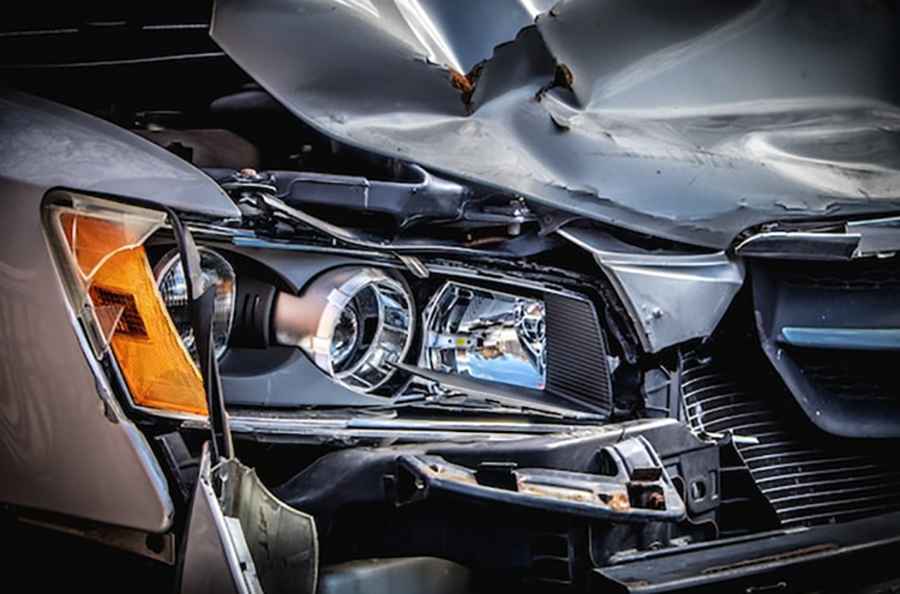5 Safety Tips to Help You Avoid Accidents When Driving on a Busy Highway
Getting behind the wheel may seem like an ordinary event, but it's among the most dangerous tasks you do in a day. Automobile accidents are among the leading causes of death. The chances of getting involved in an accident depend on where and how you drive. Excellent driving decisions are based on learned practices and techniques that can ensure optimum safety on the road. The following tips can help minimize the chances of an accident on the highway.

1. Avoid Driving When Impaired or Tired
Impaired driving is a serious problem leading to car accidents. Studies show one person dies every 50 minutes due to alcohol-impaired driving accidents. However, alcohol isn't wholly responsible for driving impairment; other drugs and drowsy driving can pose threats to motorists and passengers.
Fortunately, avoiding impaired driving isn't complicated. Driving under the influence of alcohol and other drugs is unwise. If you intend to have a few drinks, make arrangements for safe transport, like a cab or have a designated driver. Similarly, get enough sleep if you plan to drive the following day. The amount of sleep depends on your age and other health conditions.
2. Consider Adverse Weather Conditions
It's vital to check the weather before hitting the highway. Unlike in the past, getting accurate weather updates is easier due to smart devices with cloud connectivity. Ideally, avoid driving in adverse conditions like rainstorms and snow.
The first few minutes after the snow or downpour can be dangerous for highway driving. This happens as oil, debris, and water mixes, reducing surface traction. If you are driving on the highway for many hours, choose a day with low precipitation chances. Ensure your vehicle is fitted with practical accessories like fog lights and wipers to help you navigate adverse weather and avoid unnecessary, dangerous situations.
3. Practice Lane Discipline
Switching and merging lanes can be stressful on busy highways since finding space in heavy traffic is challenging. While low traffic can ease the problem, speeding cars can complicate the issue. Ensure appropriate acceleration when merging the highway to reach the recommended speed limit. Typically, merging at lower speeds can make motorists behind you brake, increasing the chances of an accident.
Besides indicating your planned move, use the rear mirrors to check oncoming traffic. These rules apply when changing lanes. Most importantly, yield to other motorists when merging or changing lanes and never assume you have the right of way on a busy highway. If you're involved in an accident on the highway, consulting a truck accident lawyer should be your first move. The attorneys can help you gather evidence, assess the viability of your case, and determine the best approach.
4. Maintain Safe Following Distance
Maintaining a safe following distance between your car and other cars on the road is the best way to minimize the risks of an accident. Safe distance allows enough reaction time in case of a potentially dangerous situation.
Ideally, it's prudent to maintain a minimum of three seconds of stopping space between your car and the one in front. However, it's necessary to increase the distance if the road conditions are unfavorable due to weather factors.
You can track your following distance by identifying an object on the highway and counting how long you take before reaching its location. If you pass the object before you count to three, you might want to increase your following distance.
5. Stay Focused and Avoid Distractions
Distracted driving causes more than 3,000 fatal accidents per year. Some common distractions include cell phones, grooming, eating, adjusting onboard vehicle electronics, and engaging in conversations with other passengers.
Avoiding distractions when driving on the highway can help you minimize the risks of an accident. You can install a phone holder in your car and use Bluetooth for hands-free answering if the call is urgent. Otherwise, activate the "do not disturb" mode when driving in challenging conditions. Similarly, avoid drinking or eating when behind the wheel.
Staying alert and focused is vital when driving since it takes one mistake to get into a dangerous situation on a highway with speeding vehicles. Pay attention to brake lights so you can slow down at a safe distance. Scan your surroundings to know what other drivers are doing. By forming a habit of proactively scanning your surroundings, you can have enough time to react safely to situations that might lead to an accident.
Endnote
Driving on a busy highway can be stressful, especially if you are on the road for several hours. While it may not be possible to avoid all dangerous situations, there are various things you can do to prevent a potential collision. Avoiding distractions, impaired driving, and maintaining an unwavering focus on the road can maximize your safety and other motorists on the highway.